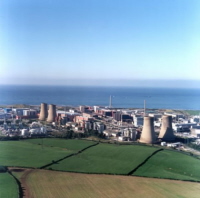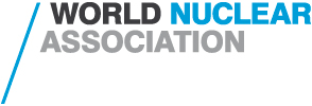A slow leak of radioactive liquid discovered in January at the UK's Sellafield site has been upgraded to Level 2 on the International Nuclear Event Scale.
 |
Sellafield, as the site looked in 2004 (Image: Sellafield Ltd) |
According to information posted on the Nuclear Events Web-based System (NEWS) - run jointly by the International Energy Agency (IAEA), OECD Nuclear Energy Agency (NEA) and World Association of Nuclear Operators (WANO) - the drip was quickly contained and no personnel were contaminated. The event was initially rated at Level 1 (an 'anomaly') on the International Nuclear Event Scale (INES), but this has now been upgraded to INES Level 2 ('incident') because of the total amount of contamination which accrued over a period of time.
Reports in the UK media suggest that the leak had in fact gone undetected for 14 months, leading to calls from local anti-nuclear group Cumbrians Opposed to a Radioactive Environment (CORE) for Sellafield Ltd to be prosecuted. In April 2005, a more serious leak of radioactive liquid was discovered at the Thorp reprocessing facility, also at Sellafield, culminating in the operator at the time, BNGSL, facing a £500,000 ($760,000) fine.





_70761.jpg)
_55530.jpg)
_42372.jpg)
_76087_55556.jpg)




